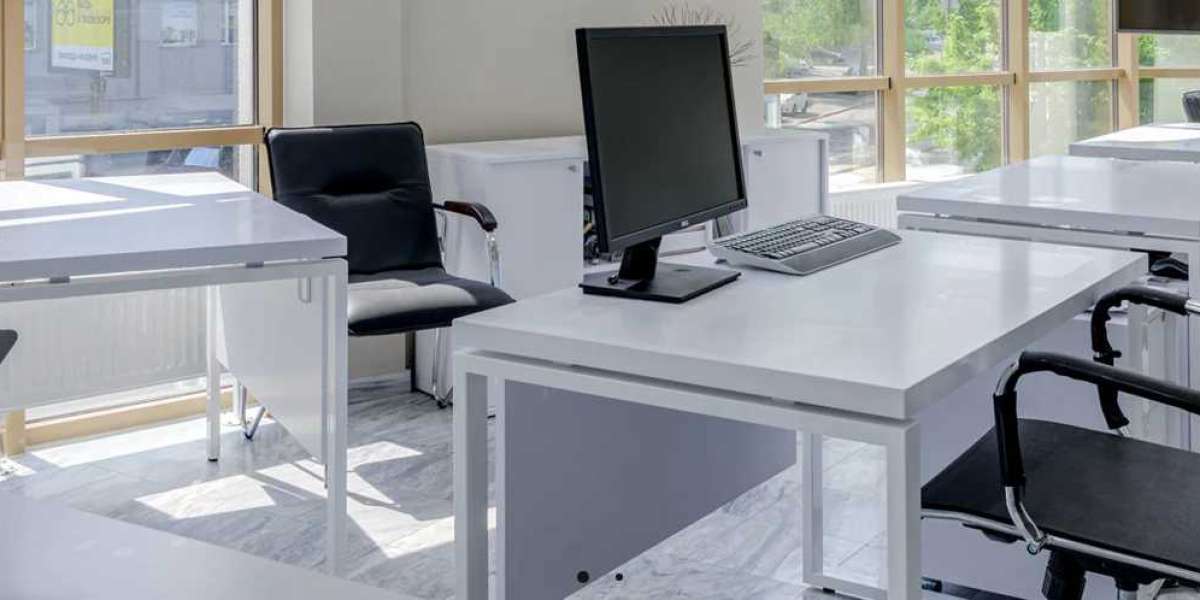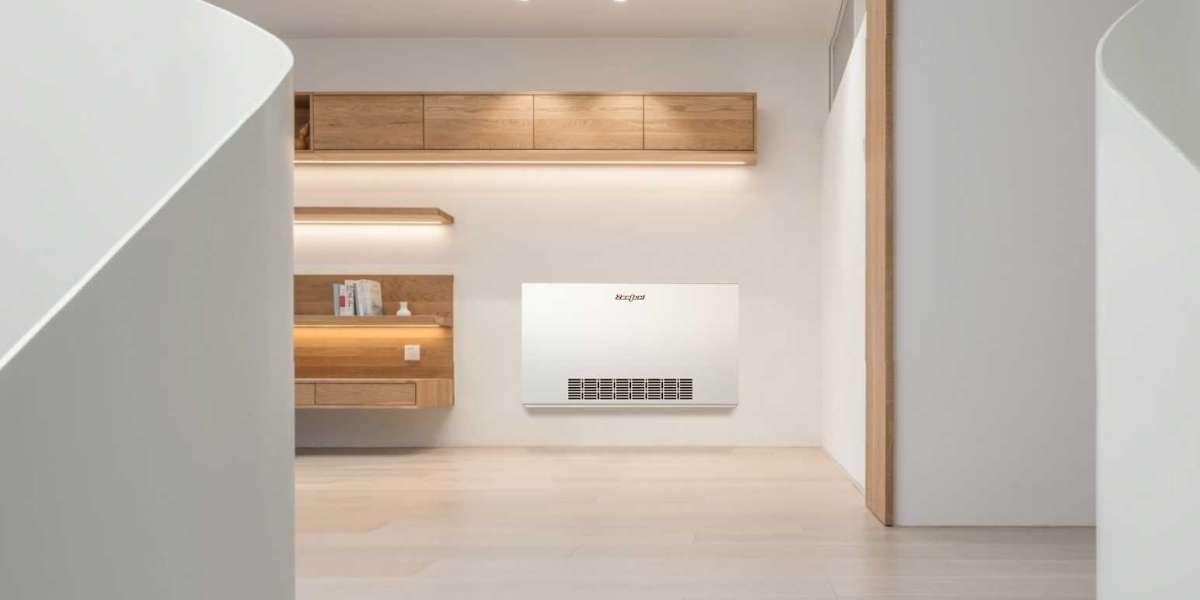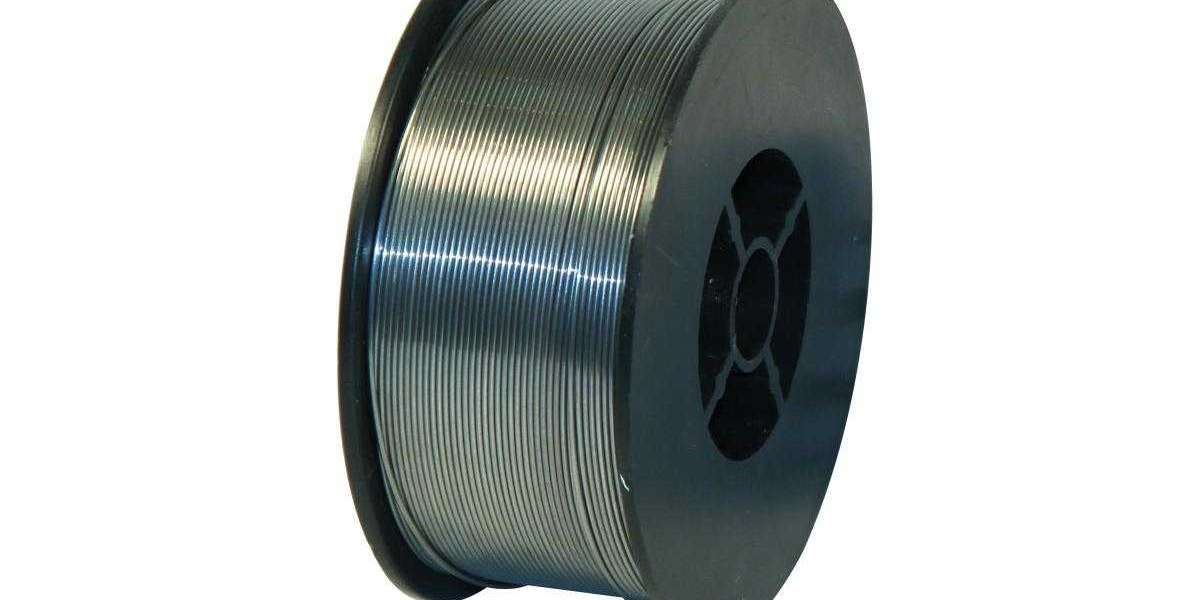As hybrid work models become the norm, the need for adaptable, flexible, and innovative office furniture has grown. In a modern hybrid workspace, where employees alternate between working from home and the office, furniture solutions must support both in-office collaboration and remote work efficiency. Here are some innovative office furniture solutions that cater to the unique demands of hybrid work environments.
1. Modular Workstations
- Flexible Layouts: Modular workstations are designed to be easily reconfigured to suit various work styles and needs. Whether you need a private desk setup, collaborative spaces, or temporary hot desks, modular furniture allows for quick and easy adjustments.
- Customizable Components: These workstations often come with interchangeable components like adjustable desks, privacy screens, and storage units, enabling you to create personalized workspaces that can be modified as needs change.
2. Sit-Stand Desks
- Promoting Movement: Sit-stand desks are an excellent solution for promoting movement and reducing sedentary behavior in the workplace. These desks allow employees to alternate between sitting and standing throughout the day, which can improve circulation, reduce back pain, and increase energy levels.
- Ergonomic Benefits: Many sit-stand desks come with programmable settings that allow users to easily switch between different heights, ensuring that the desk is always at the optimal level for comfort and productivity.
3. Collaborative Furniture Solutions
- Mobile Whiteboards and Screens: For hybrid teams that frequently collaborate, mobile whiteboards and digital screens are essential. These tools can be easily moved around the office, enabling teams to brainstorm, share ideas, and work together, whether in-person or via virtual meetings.
- Flexible Seating Arrangements: Lounge-style seating or movable chairs and tables allow for spontaneous collaboration and discussions. These setups can be rearranged to create informal meeting spaces or breakout areas that foster creativity and teamwork.
4. Privacy Pods and Focus Rooms
- Quiet Workspaces: Privacy pods or focus rooms are designed to provide employees with quiet, distraction-free areas where they can concentrate on tasks that require deep focus. These enclosed spaces can be equipped with ergonomic furniture, soundproofing, and connectivity options, making them ideal for video calls or focused work.
- Adaptable to Space: Privacy pods come in various sizes and can be installed in open-plan offices to create private workspaces without the need for permanent walls or major renovations.
5. Hot Desking Solutions
- Shared Workspaces: Hot desking, where employees do not have assigned desks but instead use available workstations on a first-come, first-served basis, requires versatile furniture solutions. Desks with integrated power outlets, USB ports, and wireless charging stations are essential for hot desking setups.
- Personalized Storage: Lockable storage units or personal lockers can be provided to employees to store their belongings securely when they are not in the office, ensuring that they have easy access to what they need, regardless of where they are working.
6. Integrated Technology Furniture
- Smart Desks: Desks integrated with technology, such as built-in wireless chargers, cable management systems, and connectivity ports, make it easier for employees to plug in and start working without dealing with cluttered cords or finding power outlets.
- Conference Tables with Tech Integration: In hybrid meetings, it’s crucial to have conference tables equipped with integrated technology that supports video conferencing, screen sharing, and other collaborative tools. This ensures seamless communication between in-office and remote employees.
7. Multi-Functional Furniture
- Convertible Furniture: Furniture that serves multiple purposes, such as foldable desks, storage units that double as seating, or tables that can be expanded for meetings, is ideal for hybrid workspaces. These pieces maximize the use of space and offer flexibility for different work scenarios.
- Stackable and Foldable Options: Stackable chairs or foldable tables can be stored away when not in use, allowing spaces to be quickly adapted for different purposes, from team meetings to individual work.
8. Ergonomic Home Office Furniture
- Hybrid-Friendly Chairs: As employees split time between home and office, providing ergonomic chairs that can be used in both environments is key. Lightweight, portable chairs with adjustable features ensure that employees maintain comfort and support, whether working from home or the office.
- Compact Desks: For employees with limited home office space, compact, foldable desks that can be easily stored when not in use are an excellent solution. These desks should still offer ergonomic features and sufficient workspace for productivity.
9. Biophilic Design Elements
- Incorporating Nature: Biophilic design, which integrates natural elements into the workspace, can enhance well-being and productivity. Furniture that incorporates natural materials like wood, plants, or natural light elements helps create a more inviting and relaxing environment.
- Living Walls and Planters: Living walls or planters integrated into furniture not only add aesthetic value but also improve air quality and create a connection to nature, which can reduce stress and increase focus.
10. Sustainable and Eco-Friendly Furniture
- Sustainable Materials: Opt for furniture made from sustainable materials, such as recycled wood, metal, or eco-friendly fabrics. These choices not only contribute to a greener workplace but also align with corporate social responsibility goals.
- Long-Lasting Design: Furniture designed for durability and longevity reduces the need for frequent replacements, saving costs in the long run and minimizing environmental impact.
11. Acoustic Solutions
- Sound-Absorbing Furniture: In hybrid work environments, managing noise levels is crucial, especially in open-plan offices. Acoustic panels, sound-absorbing dividers, and furniture with built-in acoustic properties can help reduce noise, creating a quieter, more focused work environment.
- Acoustic Pods: For employees who need to take calls or participate in virtual meetings without disturbing others, acoustic pods or booths offer soundproofing and privacy.
12. Personalization and Comfort
- Adjustable Features: Furniture with customizable features, such as adjustable armrests, headrests, and backrests, allows employees to personalize their workspace to fit their needs. This level of comfort is essential for maintaining productivity in hybrid work environments.
- Comfort Enhancements: Adding comfort-oriented accessories, such as footrests, ergonomic keyboard trays, and lumbar cushions, can make a significant difference in employee well-being and productivity.
Conclusion
The modern hybrid workspace demands furniture solutions that are flexible, functional, and adaptable to different work styles. By incorporating modular workstations, ergonomic designs, integrated technology, and sustainable materials, businesses can create an environment that supports both in-office and remote work. These innovative office furniture solutions not only enhance productivity but also contribute to employee satisfaction, making them essential for the success of hybrid work models.








